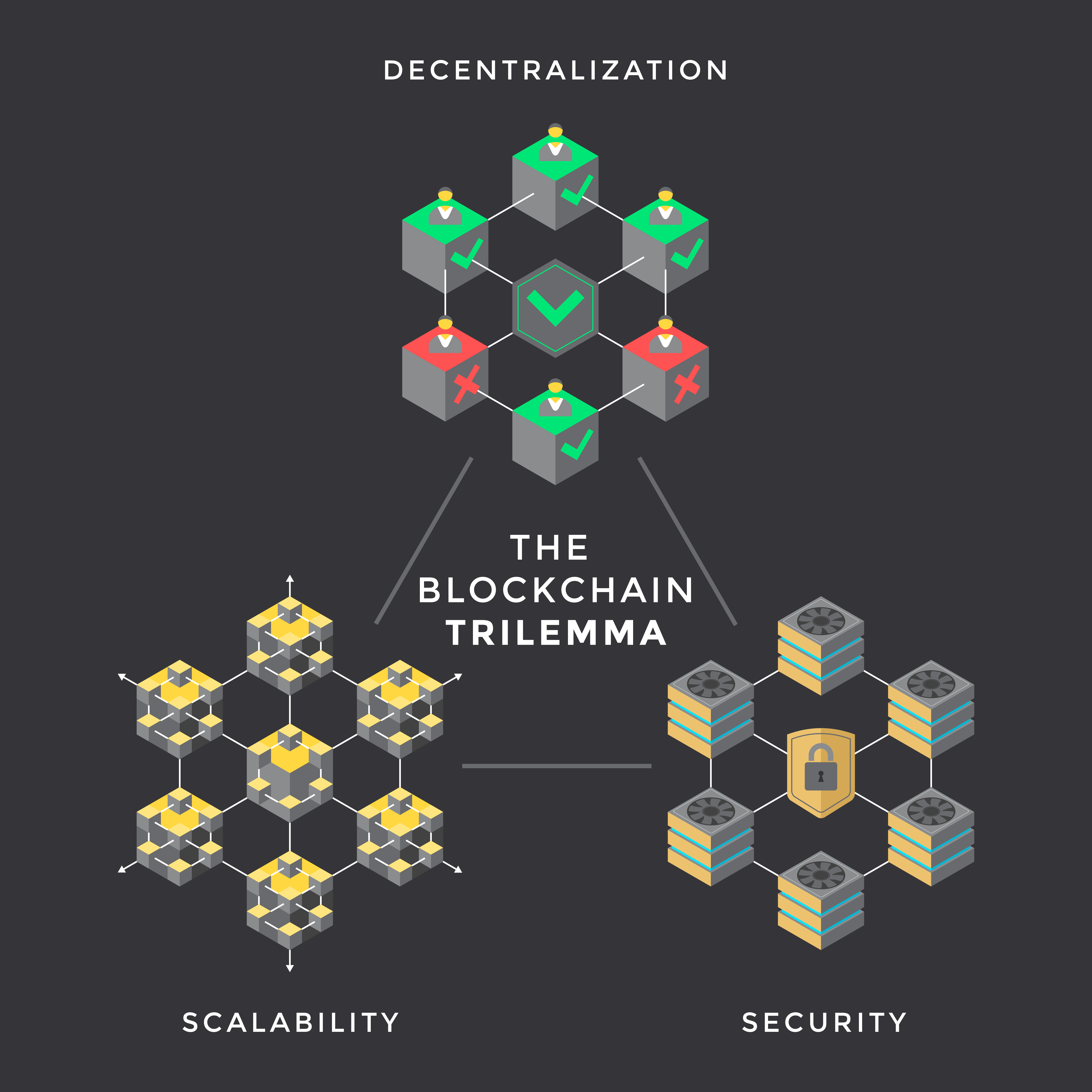There is a very good reason for the uncertainty surrounding crypto’s current journey towards a potential recession: it’s never happened before. And there’s an even better reason to explain why this is. Crypto didn’t need to exist before the last recession hit.
Bitcoin, the pioneer of blockchain-based currencies, was born as a practical manifestation of its creator’s ideology, the mysterious Satoshi Nakamoto. When he launched the genesis block, he famously framed his work in a political and historical context by including a very suggestive timestamp. Part of the code reads ‘The Times 03/Jan/2009 Chancellor on brink of second bailout for banks’ – a clear reference to one of the snowflakes that started the 2008 global financial crisis avalanche.
Some are quite irked by the claims that crypto was generated as a response to that particular event, as cryptographers had been working on a trustless system for online transactions for many years before the subprime mortgages disaster unravelled.
The End of Trust

Regardless of whether we had the chicken or the egg first, it is undeniable that the massive recession that followed would change attitudes towards banks, bankers and speculative asset managers on a generational scale. The ensuing decade of stunted economic growth continues to undermine some of the world’s largest economies to this day. The years of austerity that followed ingrained in the average citizen’s mind the need for oversight over the huge responsibilities placed on the banking system – and perhaps suggested they are all too much for any single fallible human to manage correctly.
The journey to trustless finance has, however, hardly been straightforward – even as blockchain-based ledgers started to gain widespread adoption. We have gone over how a fair chunk of crypto crashes was generated by abuses of trust and the fact that for now, trust-less systems are still very much intertwined with a financial backdrop where individuals continue to run the show. The recent woes of ‘unbanking’ providers such as Celsius, Voyager and BlockFi and the repercussions those had on the whole sector have served to highlight that a truly decentralised cryptocurrency market is still some time away.
In an ironic twist of fate, many compared Alex Mashinsky’s company’s collapse to a ‘mini-Lehman Brothers’ – one of the banks referred to in the Times article quoted by Satoshi.
A Tricky Trilemma

Human fallibility is, however, not the only thing prolonging the financial world’s dependence on trust-based solutions. There are plenty of technical challenges on top.
In the technical parts of the blockchain discourse, the Blockchain Trilemma often comes up as a great summary of those obstacles on the course to full decentralisation.
The idea behind it is that the main obstacles to efficient cryptocurrency development are three and very co-dependent: any ledger struggles to simultaneously maintain independence (or decentralisation), security and scalability. Whenever one of those three characteristics is progressed further, the other ones are impacted negatively.
For example, increasing the number of decentralised validators for a Proof of Work network can reduce transaction speeds, achieving further independence but lower scalability. At the same time, greater centralisation increases the chances of a blockchain vulnerability being exploited, by allowing potential attackers to include several nodes with ease thanks to their limited geographical and numerical diversity. This is, of course, unacceptable since an emerging technology like cryptocurrency or any decentralised web application can never reach full adoption if it is seen as unreliable and risky. Furthermore, the very key to mass adoption is availability for said masses – and as is evident in the food industry, for example, large scale tends to often impact quality.
Work in Progress

It’s not all doom and gloom though, as some of the brightest minds in blockchain development have been working hard on addressing this tangle of technical issues. In fact, most of the work currently being done on Layer 2 solutions is a technical attempt at solving the first two issues while maintaining a major focus on the scalability of the existing tech – the Ethereum merge being a prominent example of this.
Just like the Ethereum merge, a lot of those solutions involve a shift of consensus protocol practices, often towards the adoption of Proof of Stake mechanisms replacing the old Proof of Work approach. Another promising solution has been the exploration of sharding practices, which focus on breaking down transactions into smaller, more manageable processes that can be run simultaneously and require less time and energy.
Other approaches to the trilemma still include the use of nested and parent blockchains, state channel communication and sidechain development – all of which have shown promising results and are considered a staple to building the future of crypto and Web3.
Where Money Goes, Services Will Follow

All of these challenges don’t apply to cryptocurrency and financial solutions only, either. They are very prominent issues in the creation of a truly decentralised web.
The decentralised web, or Web3, or Web3.0 is a simple concept to explain to anyone with cryptocurrency experience – it does what crypto does for money, but for the internet as a whole. Its goal is to free the dependence of the internet infrastructure from individual or corporate ownership and make it a truly democratic and unbound tool for all humanity.
As ideological as this sounds, phenomena such as the Cambridge Analytica scandal or the controversy surrounding the use of customer data made by companies like TikTok and Google, have highlighted a similar need for independence in the realm of data, to that brought to the fore in the banking world of 2008.
A decentralised internet is very much in development as well, with peer-to-peer connectivity and storage-less data processing seen as key aspects of this revolution. Many companies, such as OpenBazaar, Matrix and Beaker have already developed a significant user base and – with most of the decentralisation happening behind the scenes and not requiring much from customers – we can expect this list to grow further, and quickly.
Interest in this type of technology was driven further by the recent rush to adopt and institutionalise crypto, and there are many areas of intersection – for example, a token like Filecoin.
The future of both money and services seems to be heading in the same direction: away from fallible human hands and into a publicly verifiable blockchain. We can’t wait.









